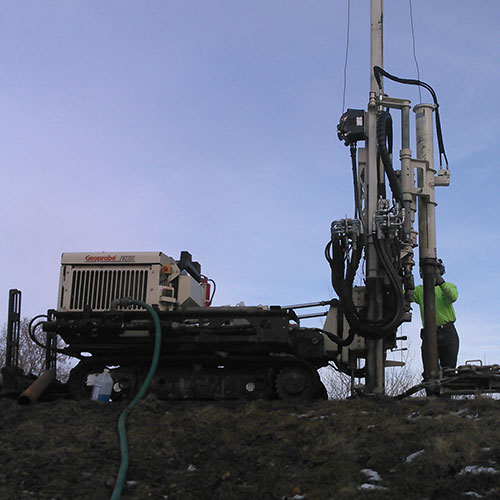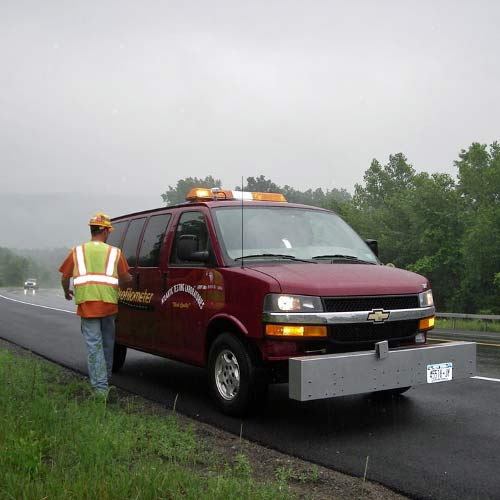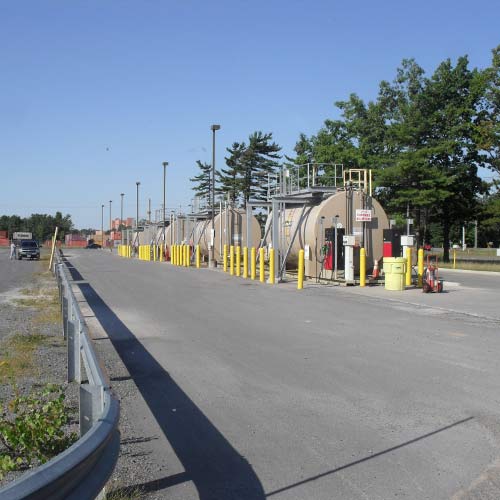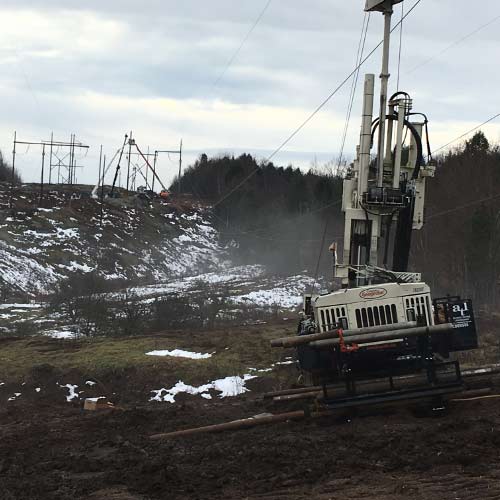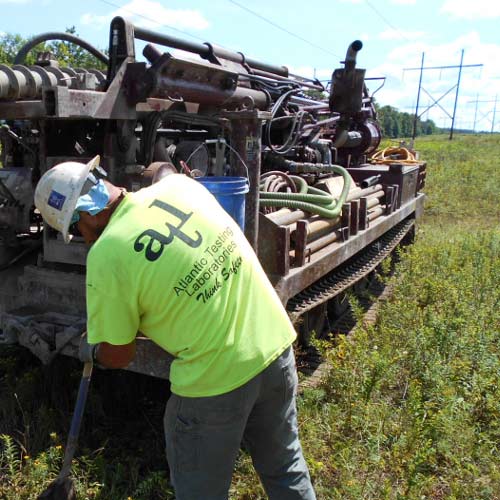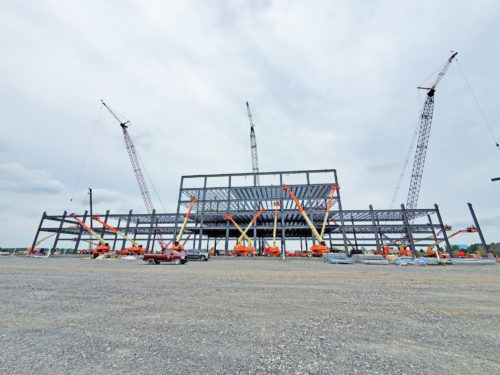This Sunday, November 2nd is the day when we “turn-back the clocks” one hour to signal the end of Daylight Saving Time. This is a welcomed event by many because it allows most people that cherished “extra” hour of sleep as a result of the time change. However, it is important to recognize the effects that the time change has on our “internal clocks” as well, and to be mindful of the potential safety concerns that accompany this seemingly minor adjustment.
Turning the clocks back an hour means that the sun will now set earlier in the day, and many people will be commuting home from work in the dark. Generally, driving in the dark tends to increase a person’s feelings of drowsiness and fatigue, and could result in slower reaction times. Drowsy driving, decreased visibility, and a reduction in mental acuity due to the disruption of the internal clock, all contribute to an increase in vehicle accidents in the days immediately following the end of DST. It takes the average person a few days for their body to fully acclimate to the new time, so getting extra rest in the days leading up to the time change, and being extra cautious when driving or operating machinery is advised.
Lastly, the changing of the clocks can also function as a semi-annual reminder to test your smoke and carbon monoxide detectors in your home and workplace, and replace the batteries in them. This will help to ensure that those valuable devices will be working properly when it matters most.
When you turn your clocks back on Saturday night/Sunday morning, enjoy the extra hour, but don’t “sleep” on the potential dangers that may come with it!




